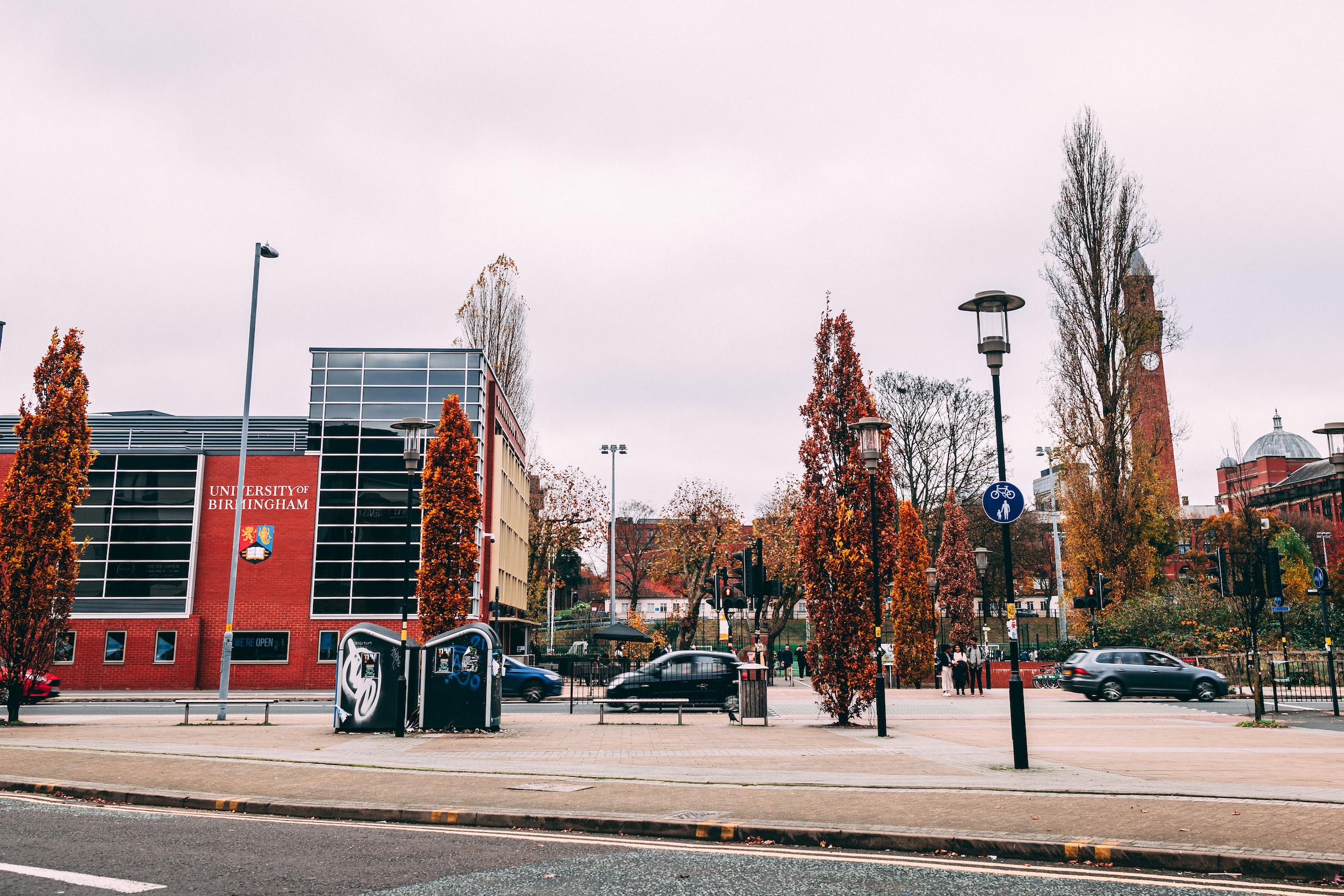
TV Editor Cat Osborne leaps to The Birmingham Hippodrome for Matthew Bourne’s The Red Shoes, characteristically Bourne in its immersive and modern adaptation
Ballet is frequently dismissed as an archaic form of performance, but this is constantly challenged by Matthew Bourne’s productions. After premiering in 2016, Bourne’s New Adventures dance company is touring Britain with The Red Shoes, an immersive and entertaining ballet adaptation of the 1948 film with the same title.
The Red Shoes follows Victoria “Vicky” Page, a star ballerina who must choose between her career and relationship with Julian Craster, a conductor at the ballet. Their romance sparks jealousy for Boris Lemontov, the impresario who attempts to lure Vicky back to the world of ballet. The narrative is loosely based on Hans Christian Anderson’s eponymous fairy tale in which a young girl’s red shoes cease to stop dancing, driving her to amputate her feet. However, in a Q&A session with Bourne after the show, he emphasised that the original allegory about foregoing vanity lies second to the film’s focus on the relationship between the artist and their art. A sense of metatheatricality dances throughout the ballet such as the choice to include artificial clapping
The Red Shoes begins as we may expect a ballet to begin; lords and ladies leap across the stage whilst decked in glitter and tulle. However, as the arch that represents the sides of the stage rotates, the audience is brought into the offstage world of the ballet. Throughout the show, this prop turns and moves the perspective from onstage to offstage. Bourne’s ability to blur this boundary reflects the central theme of a ballerina consumed by her performance.
A sense of metatheatricality dances throughout the ballet such as the choice to include artificial clapping. This blends in with the real audience’s clapping at the end of the sequence but ultimately overpowers it. The absence of dialogue is no hindrance for Bourne as dramatic techniques like this relay the sense of Vicky’s struggle between reality and performance.

Differentiating the ballet from the film, Bourne chose to use the music of Bernard Hermann rather than Brian Easdale’s original score for the film. Whilst Easdale’s score could have worked, Hermann’s music provides a new quality for the ballet. Moreover, music is skilfully incorporated into Julian’s dances to continue the theme of artist and their art as he dances at his piano.
Act One’s seemingly onstage performance of The Red Shoes is beautifully mirrored with Vicky’s personal torment in Act Two. Whilst the film opts for a rich fairy tale setting, Bourne chooses an abstract Gothic style for the in-narrative production of The Red Shoes that would not be out-of-place in a Tim Burton film. This eerie surrealism feeds into Vicky’s offstage life through the lighting. In both these partner scenes, the stage is bathed in a hellish red hue; encompassing the theatre as Vicky is immersed into the lure of the fatal red shoes. The unnatural use of light provides the impressionistic tone of the original film. Alongside the lighting, the stage prop is used to mirror art and reality as Lermontov’s movements mirror those of the fictional villain from the fairy tale.
Strong choreography requires strong performers and New Adventures provide this. The members of the cast alternate between each performance, allowing the dancers to experience the ballet from multiple characters’ perspectives. In the performance I saw, Ashley Shaw radiated as Vicky, the tortured ballerina. She tricks the audience into believing that the red shoes have taken over her body as she twists and contorts into various shapes.
Bourne never lets an audience become bored as The Red Shoes exudes with his personal flare for humour. The audience chuckled along throughout the music hall sequence as two dancers recreate the works of Wilson, Keppel and Betty who capitalised on Britain’s obsession with Egypt in the early twentieth century. Likewise, the Monte Carlo beach sequence is gloriously camp and demonstrates Bourne’s genius use of props as the ballerinas dance with inflatable balls.
Bourne chooses an abstract Gothic style for the in-narrative production of The Red Shoes that would not be out-of-place in a Tim Burton film
Campness is always perfectly balanced so that queerness never becomes the butt of the joke. Bourne is openly gay and New Adventures has always been committed to LGBTQ+ representation, such as The Car Men which puts a homoerotic spin on George Bizet’s Carmen. Although it is not central to the ballet, The Red Shoes continues this ethos because it features same-sex couples in multiple scenes. Rather than promoting an overt political agenda, this normalises same-sex relationships and places them on equal importance to the heterosexual couples on stage.
Furthermore, The Red Shoes has the correct amount of visual variation. Due to the nature of the narrative, there is a possibility to include an abundance of different settings and performances. Bourne and Lez Brotherston, the set and costume designer, take full advantage of this by moving between aesthetics. In one scene, we are immersed in the halcyon haze of late 40s Europe with a sunset colour palette and lanterns hanging from the ceiling. In the next scene, the fictional company perform a ballet about gods and goddesses in front of an expressionist backdrop.
Whoever dares to scorn ballet in our modern age needs to see The Red Shoes; a visually sumptuous, entertaining production that captures the central theme of the film by plunging the audience into the hypnotic world of ballet.
Comments